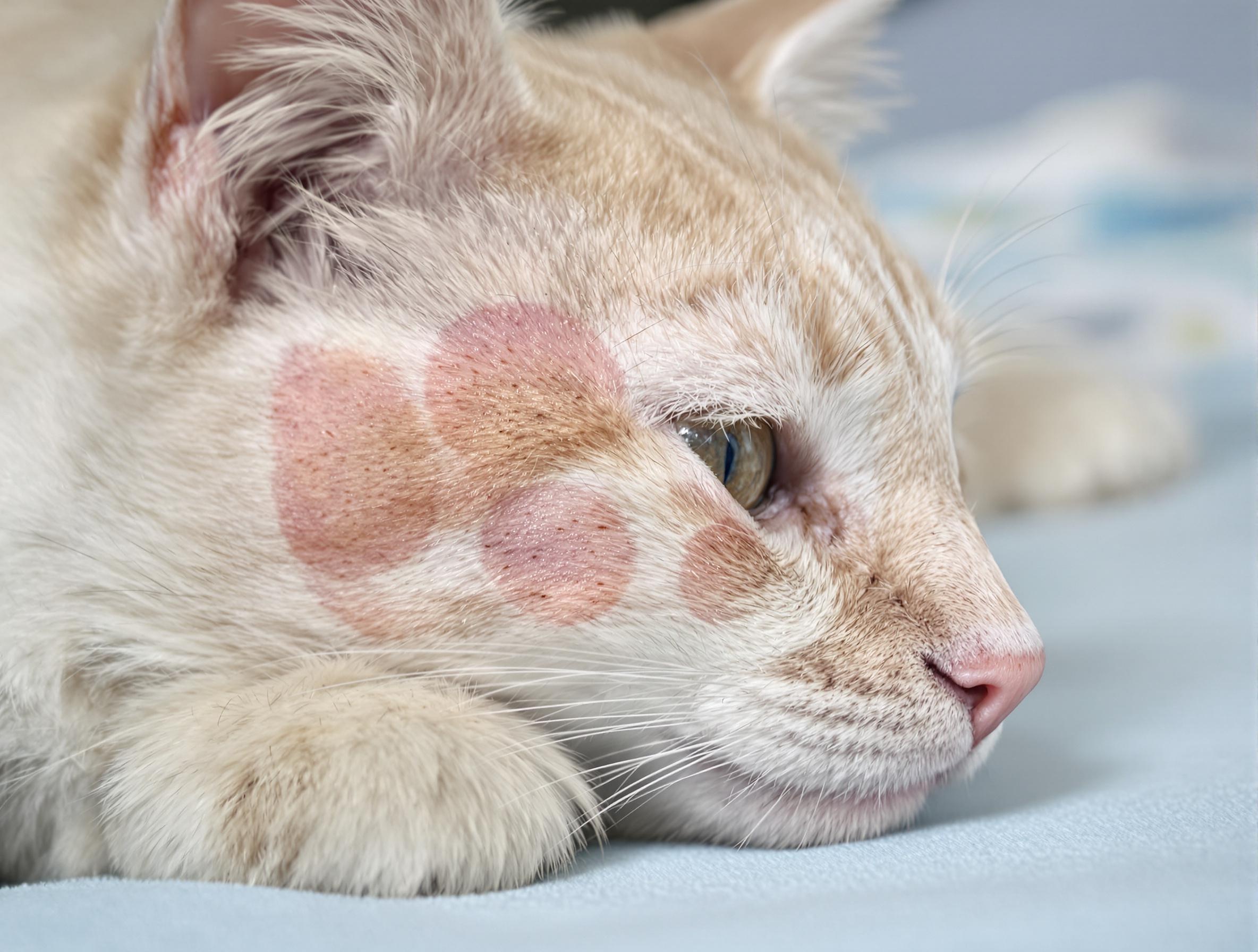What Causes Bladder Stones in Cats?

Oversaturation of the urine with urine crystals is the biggest factor in bladder stone formation in dogs and cats. This oversaturation may be caused by increased excretion of crystals by the kidney, increased water reabsorption by the kidneys, and changes in the urine PH leading to crystal formation. Other factors in stone formation include genetics, diet, frequency of urination, dehydration, and the presence of a urinary tract infection. A combination of these factors often leads to a nest of cells and debris where stone formation may occur.
Bladder stones in pets
Bladder stones, or uroliths, are commonly found in dogs and cats, and can cause urinary tract infection and blockage. The bladder stones found in pets are very similar to those found in humans. Most of these stones are composed of mineral salts from common elements, including phosphorus, calcium, magnesium, ammonia, and carbonates. Stones may form in the bladder, often in varying size and number. Types of bladder stones include struvite, calcium oxylate, urate, cystine, calcium phosphate, and silicate stones.
Bladder stones normally do not affect the rest of your pet’s body unless the stones break off or lodge in the urethra, leading to potential urinary tract obstruction. This is especially a risk for male pets with a narrower urethra. In these emergency situations, your pet may often experience intense pain, vomiting, and severe blood electrolyte abnormalities such as a high blood potassium, acute kidney failure, bacterial infection, and death within a few days, if the obstruction is not relieved.
Key facts about bladder stones in pets
- Bladder stones are common causes of bloody and difficult urination in dogs and cats.
- X-rays are often the definitive diagnostic tests needed for bladder stones, but analysis of the stones at an outside laboratory is also needed to help guide treatment.
- Treatment of bladder stones may involve either medical treatment or surgical removal of the stones for positive identification.





